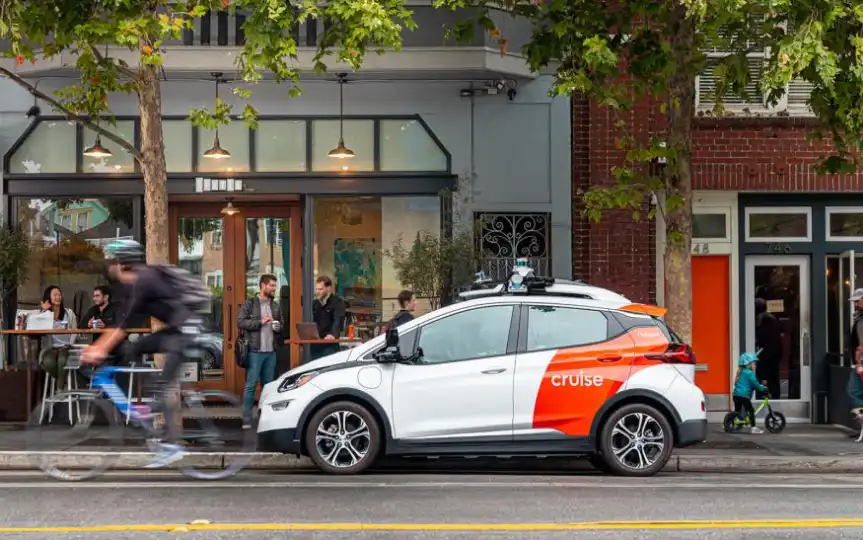California DMV Examining Cruise Robotaxi Crash with Fire Truck
Cruise is reducing the number of autonomous vehicles in San Francisco temporarily as authorities investigate recent incidents involving their fleet. The California Department of Motor Vehicles has requested that Cruise cut its fleet in half following a collision between one of their robotaxis and a fire truck. The fire truck was responding to an emergency with its sirens and red lights on, while the robotaxi had passengers on board who suffered non-life-threatening injuries. Additionally, a Cruise vehicle became stuck in wet concrete a few days prior to the collision.
The DMV said in a statement that its top priority is “the safe operation of autonomous vehicles and the safety of the public who share the road with these vehicles.” It also added that it “reserves the right, after investigation of the facts, to suspend or revoke testing and/or operational permits” if it determines that the company’s vehicles pose a threat to public safety. The agency has asked Cruise to limit the number of vehicles its drivers operate to 50 during the day and 150 at night, at least until the investigation is completed.
In an account of the collision posted on the company’s website, Cruise San Francisco general manager Greg Dietrerich said the robotaxi recognized the emergency vehicle as soon as it came into view. It was also able to distinguish fire engine sirens “as distinguishable from background noise”. However, vehicles coming around the corner could not be seen “until they are physically very close to the intersection” where the incident occurred. Additionally, the autonomous vehicle had difficulty predicting the fire truck’s path as it moved into the “oncoming lane” to pass a red light. Dietrerich said Cruise’s AV recognized the risk of a collision and applied the brakes to reduce its speed, but it was unable to completely avoid the collision due to those conditions.
The DMV’s request comes just days after the California Public Utilities Commission (CPUC) voted to allow both Cruise and Waymo to charge fares for fully driverless trips at any time of day in San Francisco. Before that, Cruise could only offer low-cost rides without a safety driver in certain areas of the city between 10:00 PM and 6:00 AM. The only commissioner to vote against expanding the companies’ paid rides argued that the CPUC did not have enough data to accurately assess the impact of autonomous vehicles on first responders.




